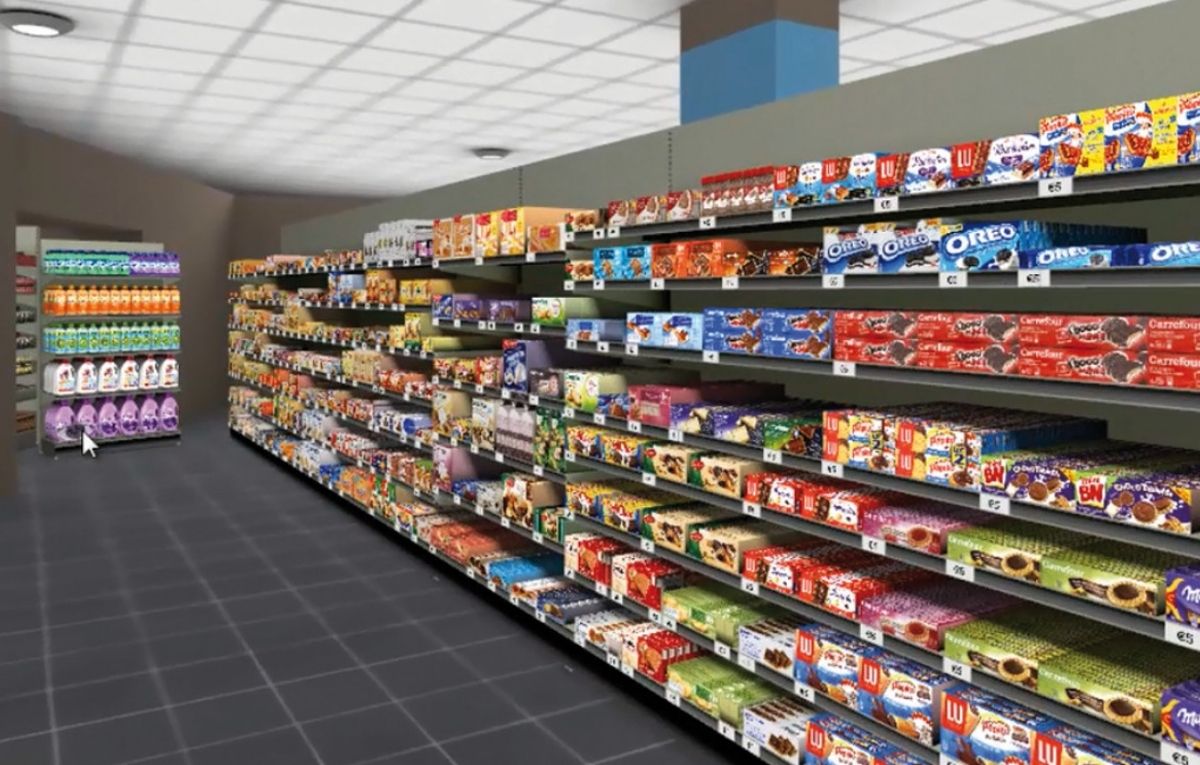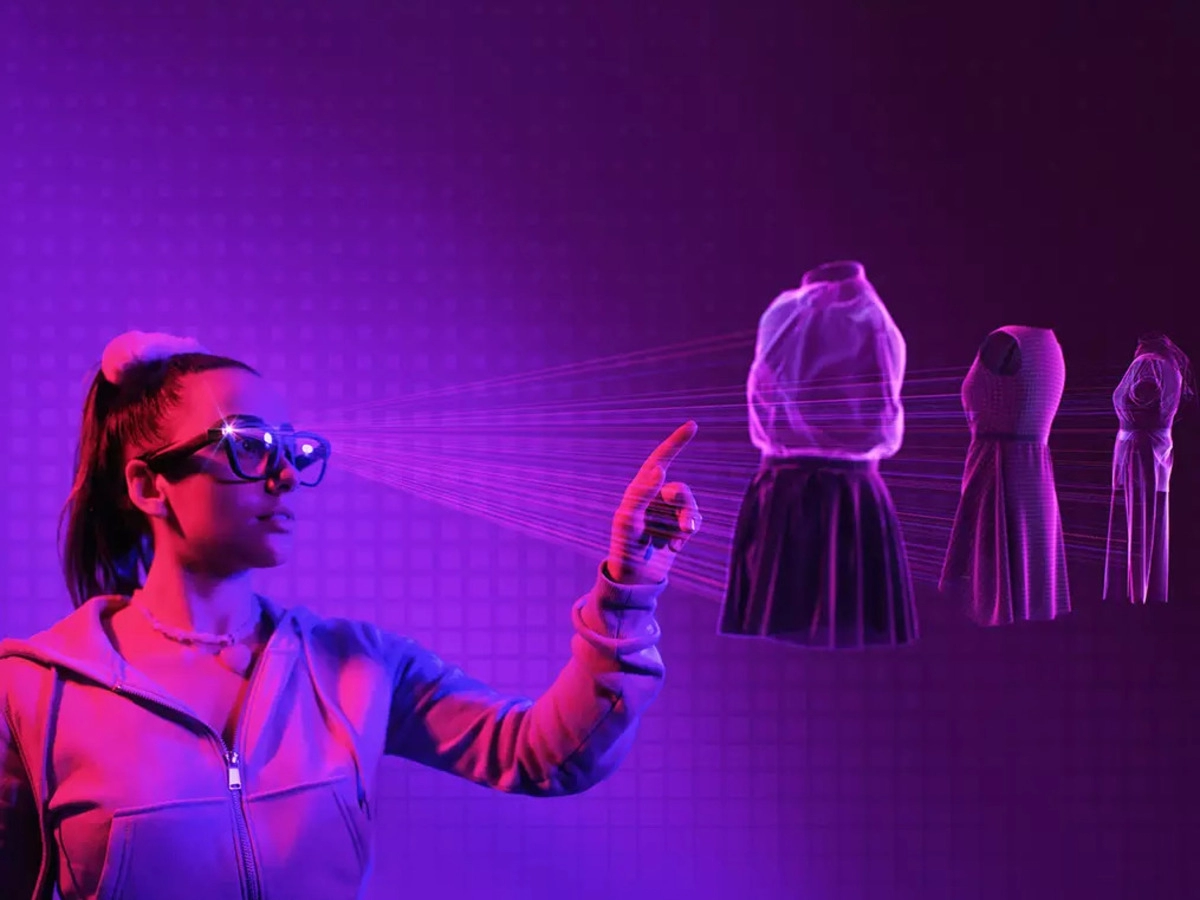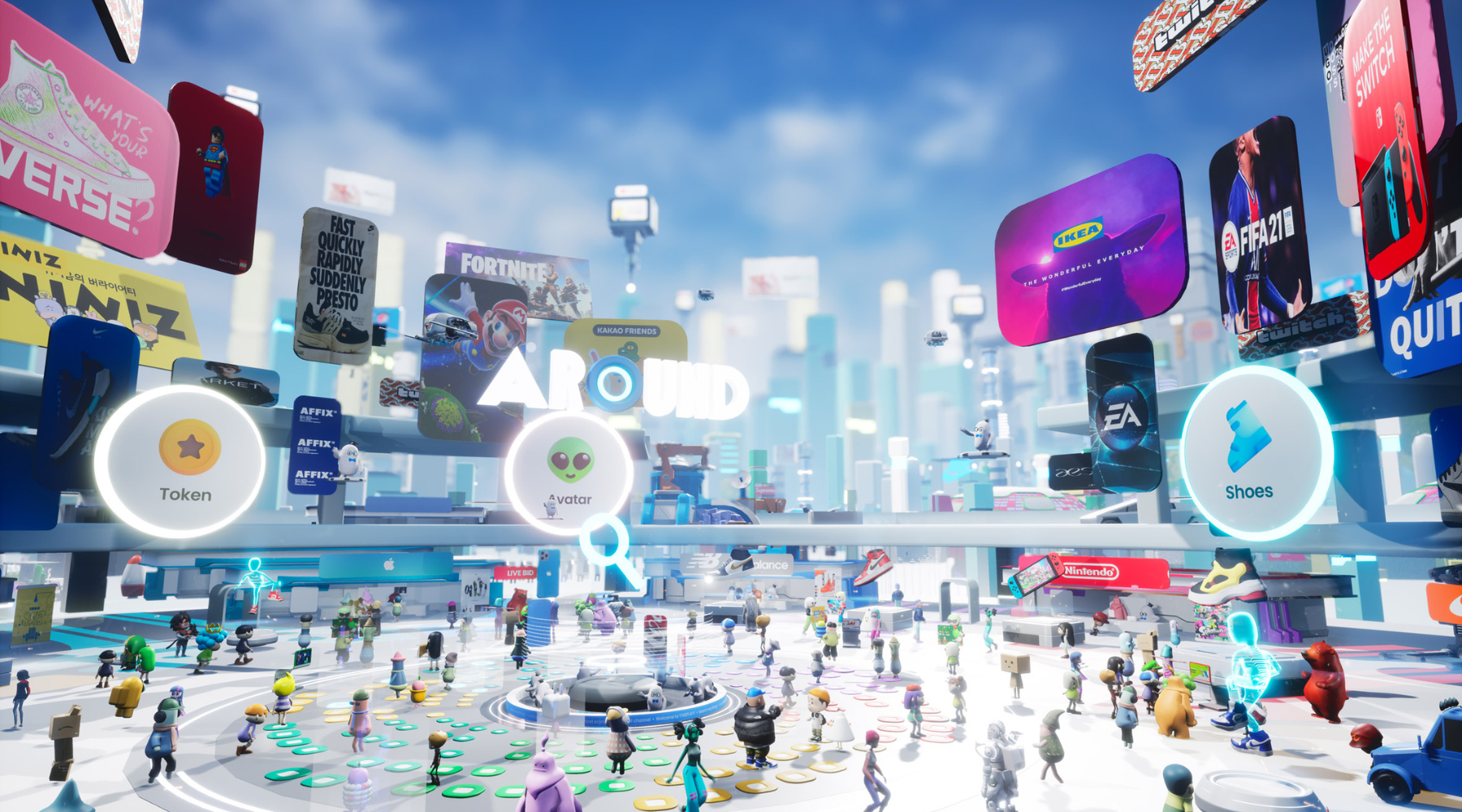The Metaverse. Nascent, intriguing, confusing, exciting, overwhelming, inviting? Almost every person who is asked an opinion on the metaverse today has something distinct to say – some positive, some negative, and some with a neutral sentiment. But one thing is clear – this expansion of extended reality isn’t going anywhere. The real question is the shape and form it will take in the coming years. While the future might be one where the upcoming generations will spend most of their waking life in the metaverse, this is not something the current generation generally relates or ascribes to. That being said, m-worlds have already begun emerging, taking on the role of social hubs (for a particular type of audience, of course) and much more. Some notable ones are engaging gaming platforms like Roblox, Fortnite, Horizon Worlds, and Decentraland.
While it was initially positioned as a virtual world enabling humans to interact with other humans, products, businesses, and communities and indulge in gaming and commerce, I was most interested in exploring the latter’s possibilities. I have my personal reservations on whether we, as a society, will be comfortable using the metaverse as a ‘socializing space’ (apart from perhaps the alpha generation and beyond), but I do see its advantages in making commerce a rich, immersive, and efficient experience.

Picture Credit: Fortnite
With eCommerce continuing to be a key commerce channel, brands and retailers alike are exploring and introducing AR & VR features to enable a better shopping experience. Amazon’s Room Decorator or Showroom feature allows shoppers to see what furniture and other accessories will look like in their own space, explore wall colors, view multiple products together, and even save the room selections to compare later. Just like eCommerce is continuously trying to bridge the gap with the physical experience of shopping, the Metaverse, powered by extended reality, is the key to the next level of eCommerce retail. Let’s explore some of the most exciting possibilities.
Virtual Hypermarkets
This solution is among the most exciting for a shopper marketer like me. Even though a physical trip to a preferred hypermarket can be therapeutic for many, it can also be quite daunting at times, especially on weekends and during sales events. Lugging around a trolley filled with heavy products, bumping into other shoppers in crowded aisles, waiting in long check-out queues, walking out realizing that you might have missed a few essentials or a great deal – it can be a bit overwhelming. But in the metaverse, in your own m-world hypermart, it’s your own bespoke shopping experience.

Picture Credit: Springfield Solutions
You can create your own avatar and choose to share any degree of detail on demographics, psychographics, consumption habits, choice of promos, sustainability ideals, etc. (while also exercising the option to safeguard data privacy). Once in the m-hypermart, you can select your category(s) and virtually add products from the shelves while digitally receiving information on ingredients, benefits, expiry date, reviews, etc. Bored alone? Invite a friend to join your trip using their digital avatar. Engage in online activations, view all the top promotions & offers, get suggestions on cross-category products, recipe ideas & more, and on seamlessly checking out, receive all the products either at home or delivered to your car.
Virtual Brand Stores
What if your avatar could walk around your favorite high street store, browse, try on clothes (once you have inputted your measurements), checkout without queuing, and get everything delivered to your doorstep? Think make-up, footwear, eyewear, jewelry, accessories, automobiles, electronics…the options and categories are ample. With brands like Nike and Samsung already offering shoppers virtual stores, the ‘physical’ experience that people are seeking will only get more sophisticated as the technology of the m-worlds keeps evolving.

Picture Credit: Business Wire
Exclusive Access
NFTs are still not completely understood by a large section of people. Most people either don’t know what NFTs really are, or how they are used or would have reservations about buying virtual products with relatively intangible value. However, brands can leverage NFTs in the context of e-commerce by providing shoppers exclusive access to new products or VIP experiences.

Picture Credit: Lightspring from Shutterstock
Brand Engagement and Commerce
With offline events and activations requiring time, effort, and investment, brands can leverage the metaverse to engage with their target audiences through immersive experiences while also driving commerce through the offline delivery of physical products. Clothing, footwear, and even electronic brands can allow shoppers to interact with virtual products, enable personalization, and finally make the product(s) available at their doorstep, all through m-worlds. The idea is not to eliminate physical, on-ground activations & brand experiences but to augment these with more frequent virtual ones.
The overall advantages of adopting the metaverse by brands for commerce range from creating concepts that can be tested easily and quickly with minimal financial risk to customizing and limiting the reach to a specific target to even engaging with a much broader shopper base without the commitment of a large physical venue. The other positive outcome is a possible reduction in product returns due to the ‘3D browsing’ nature of m-worlds, allowing shoppers to evaluate products more effectively before making an informed purchase. Personalization will also drive profitability, and the overall ecosystem will enable better feedback mechanisms to enhance future functionalities, solutions, and experiences.

Picture Credit: Getty Images
The key to success for m-commerce will depend largely on factors around enhancement in AR, VR & mixed realities in order to effectively bridge the gap between online and offline shopping experiences. Additionally, more versatile use of NFTs will also drive greater adoption of digital currencies and relevant virtual products. Integration with payment gateways will complete the m-commerce buying loop. The focus of brands should not necessarily be to commit significant resources, whether time or budget, in their m-commerce offering but to begin exploring low-hanging fruit to maximize the return on research and investment as well as check the appetite for different solutions. The beauty of digital is in allowing for the development of beta versions before rolling out a fully fleshed-out m-world or m-commerce offering. The metaverse is here to stay, maybe not in its current definition and vision, but the early adopters and experimenters will likely benefit from exploring the potential of what the technology has to offer.





